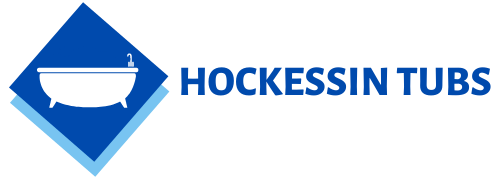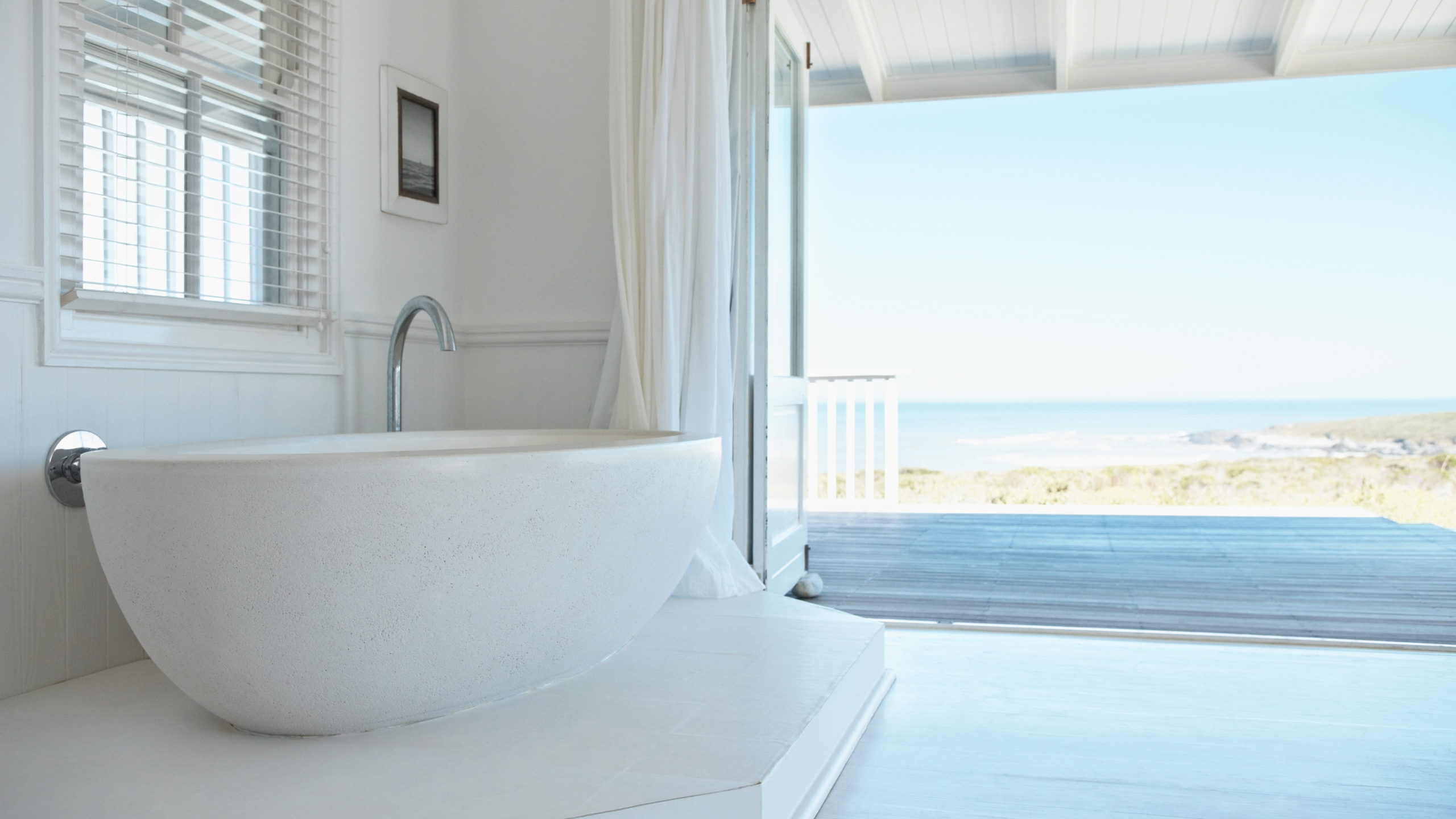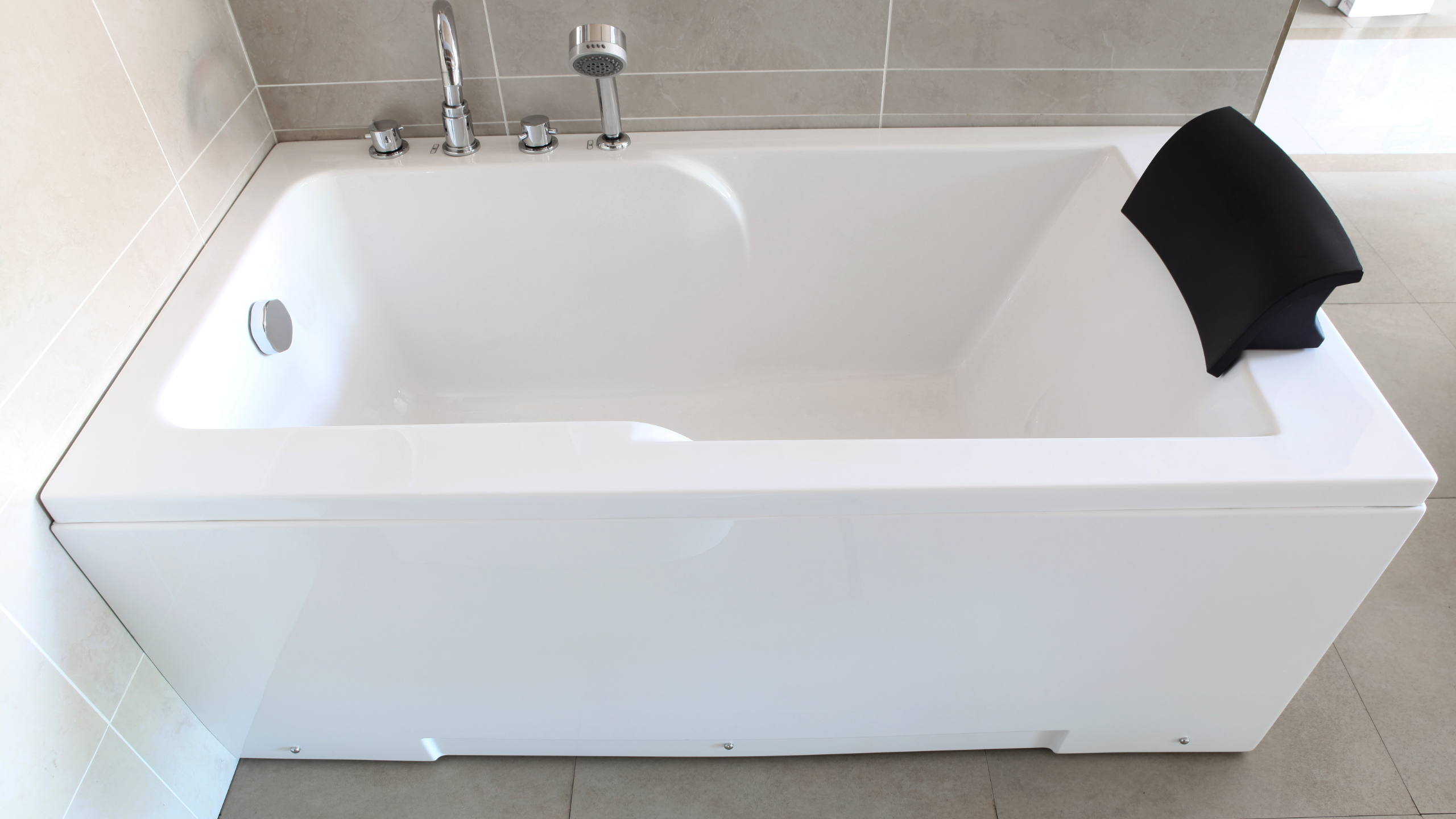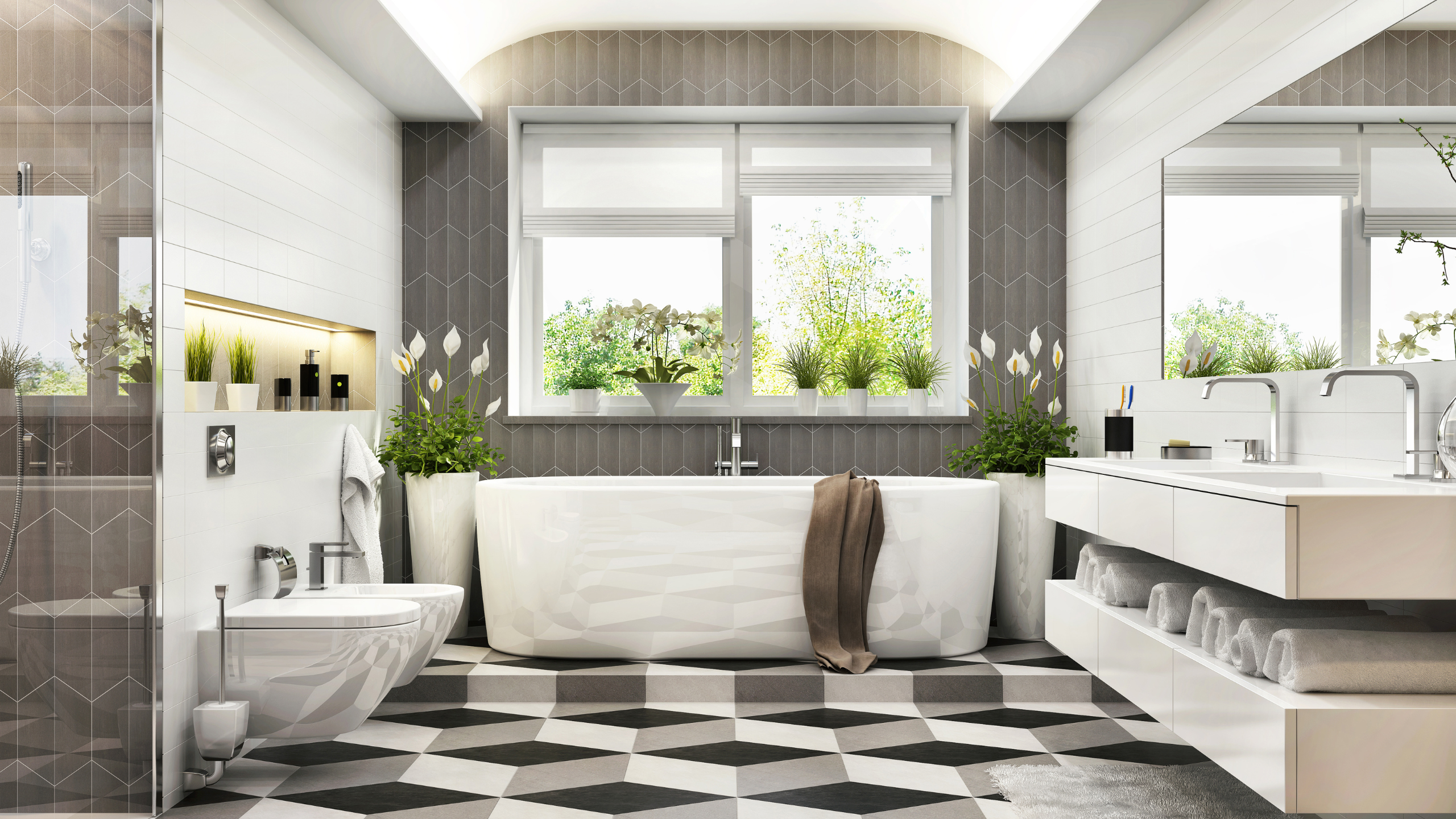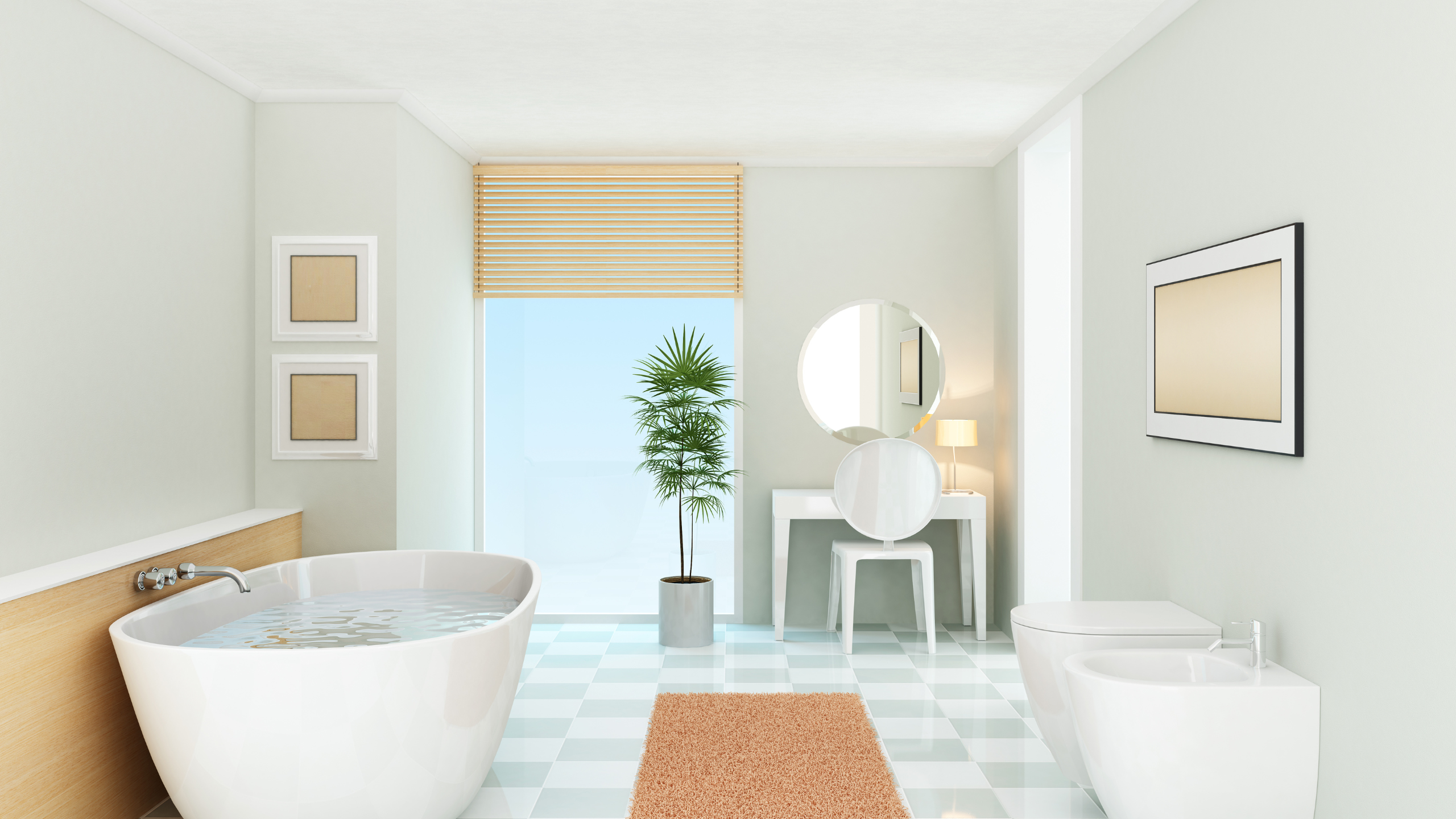An unwavering commitment to precision is indispensable in-home renovation, where each detail holds significant weight. The practice of bathtub refinishing emerges as a financially savvy avenue to invigorate weary tubs, infusing them with renewed vitality. Yet, with the enthusiasm of revitalizing your bathroom, it becomes paramount to underscore the importance of ventilation and safety measures. Disregarding these fundamental aspects poses risks to one’s well-being and imperils the desired aesthetic finesse of the refinishing endeavor. This comprehensive guide is dedicated to fortifying your bathroom’s sanctity by meticulously addressing ventilation strategies and safety protocols during the bathtub refinishing. Looking for a hassle-free option to breathe new life into your bathroom or kitchen? Hockenssin Tub Reglazing has you covered!
Understanding the Drawbacks of Tub Reglazing
While tub reglazing can be a budget-friendly option, weighing its drawbacks is essential. Chief among these concerns is the emission of harmful fumes during the reglazing process. These fumes, laden with volatile organic compounds (VOCs) and other chemicals, pose health risks if inhaled. These fumes can linger without adequate ventilation, causing respiratory issues and other health complications. Therefore, while reglazing may be cost-effective, ensuring Keeping an atmosphere safe requires adequate ventilation.
The Critical Role of Ventilation in Safety
Effective ventilation is indispensable for ensuring safety during bathtub refinishing. Proper airflow facilitates the dispersion of toxic fumes, minimizing the risk of respiratory ailments and other health hazards. Inadequate ventilation allows these fumes to accumulate, endangering the health of both homeowners and contractors alike.
Top 7 Ventilation Strategies for a Safe and Odor-Free Bathtub Refinishing:
1. Open Windows and Doors: Maximize natural ventilation by allowing air to flow through open windows and doors. Strategically position windows to create cross ventilation, expelling fumes from the workspace and promoting air circulation.
2. Utilize Fans: Enhance airflow with strategically placed fans near open windows or doors. Position fans to create directional airflow, aiding in the expulsion of fumes. Consider employing exhaust fans to expedite ventilation and maintain air quality.
3. Seal Off Adjacent Areas: Contain fumes within the refinishing area by closing doors and sealing vents leading to other house parts. Use plastic sheeting or temporary barriers to prevent fume infiltration into adjacent rooms.
4. Provide Respirators: Ensure the safety of individuals involved in the refinishing process by equipping them with high-quality respirators. Properly fitted respirators offer protection against inhalation hazards, safeguarding against harmful fumes.
5. Opt for Low-VOC Products: Choose refinishing products with low VOC emissions to minimize air pollution and health risks. Prioritize environmentally friendly options to ensure the well-being of occupants and the environment.
6. Schedule Ventilation Time: Allocate sufficient time for ventilation before, during, and after refinishing to ensure proper air circulation and fume dissipation. Plan the project during favorable weather conditions to maximize natural ventilation.
7. Consult Professionals: Seek guidance from experienced professionals to assess ventilation needs and implement effective strategies. Collaborate with experts to ensure comprehensive ventilation solutions tailored to your project requirements.
Adhering to these ventilation strategies can create a safe and comfortable environment conducive to successful bathtub refinishing.
Benefits of Safety Precautions:
Adhering to safety precautions offers numerous benefits, including protecting health, ensuring optimal results, and maintaining peace of mind. Prioritizing safety safeguards against potential hazards enhances the durability of the refurbished bathtub and fosters a healthy environment for household occupants.
In Conclusion:
When embarking on home improvement projects, such as bathtub refinishing, prioritizing ventilation and safety is paramount. Understanding the risks associated with reglazing, emphasizing airflow, and following safety procedures are crucial for a smooth and secure process. Adequate ventilation isn’t merely an aesthetic consideration—it’s crucial for safeguarding health and achieving optimal results. Before commencing your next bathtub project, prioritize ventilation and safety to transform your bathroom without compromising your well-being.”
